Marilyn Monroe Film Explores Star’s Nightmare Years
Fact and fiction mix in a disturbing film with a mature, NC-17 rating that premieres the day after Rosh Hashanah.
“Blonde,” a new film about Marilyn Monroe that its director calls an “emotional nightmare fairytale,” gets its first public screening later this month at the prestigious Venice International Film Festival.
The Australian director of the fictionalized work, Andrew Dominik, based his retelling of the life of the Hollywood icon on a novel of the same title, published in 2000 by the acclaimed author Joyce Carol Oates.
The 84-year-old writer received Israel’s Jerusalem Prize at the Jerusalem International Book Fair three years ago, the same award that Arthur Miller, who married and converted Monroe in 1956, also received later in his life. In real life, Miller and Monroe’s blissful idealized romance climaxed during what is generally thought to be the happiest year of her decidedly troubled life.
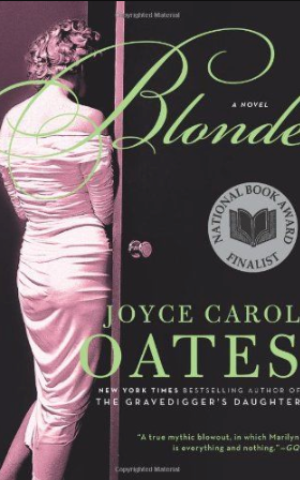
The dark Oates novel and presumably the new film, however, is filled with traumatic sexual experiences that the main character, Norma Jeane, lives through. They include scenes of sexual violence at the hands of an important Hollywood mogul and childhood sexual trauma.
The violent recreation of these scenes in the novel have helped earn the movie, starring Cuban actress Ana de Armas, an NC-17 rating. It’s a designation, rarely used by the Motion Picture Association, which bars anyone under 17 from viewing the film. It is noteworthy that the rating was imposed even after Netflix executives demanded a reedit of the director’s explicit final cut.
“It’s a demanding movie,” says Dominik. “If the audience doesn’t like it, that’s the audience’s problem. It’s not running for public office.”
Like the book it’s based on, the film is said to end with a lurid series of romantic encounters with the President of the United States and his brother, capped by the actress’s dramatized assassination. This year marks the 60th anniversary of Monroe’s controversial death at the age of 36, on Aug. 4, 1962.
Over the years, fact and fiction have become so intermingled in the public imagination that viewers could be led to believe that everything that happens in the film is true. But Oates described her novel as a “radically distilled ‘life’ of Marilyn Monroe,” as filtered through the author’s artistic imagination. It was a finalist for the Pulitzer Prize and the National Book award over two decades ago.
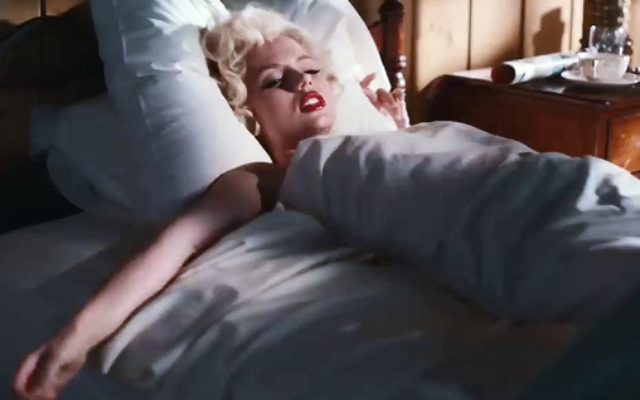
Whether the film lives up to the novel’s literary reputation as a work that has something important to say about the price of fame is a judgment deferred. “Blonde” debuts Sept. 28 on Netflix, just following Rosh Hashanah. Ironically, it is the same day that observant Jews mark with a solemn fast to commemorate an ancient Jewish assassination.
In fact, much of Monroe’s professional career was shaped by Jewish men and women whom she encountered over the dozen-or-so years that she was in the public eye.
Her first serious romantic relationship was with a Russian Jewish refugee, Iván Haidabura, who, as Johnny Hyde, created a highly successful career in Hollywood as the vice-president of the William Morris talent agency. Although he was old enough to be her father, Haidabura became infatuated with the young star and did much to shape her early career as artfully as he oversaw the plastic surgery that reshaped her face and her body.
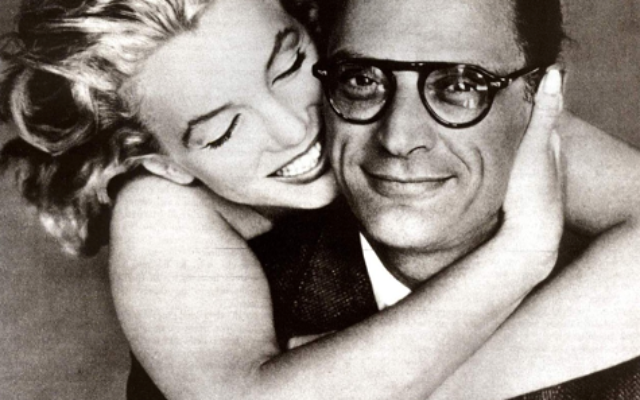
And her first acting coach for eight years and the woman most influential in obsessively creating Monroe’s early screen persona was Natasha Lytess, who was born Natalia Postman to a German Jewish family in Berlin.
But it was only after Monroe fled Hollywood and rebelled against the Hollywood studio system in 1954 that she made a life for herself among the Jewish artistic and literary elite of New York.
She moved in with Milton Greene (born Milton Greengold), a prominent photographer, and his wife and started her own film production company with him and her new agent, Jay Kanter, one of Greene’s friends. She took acting lessons at the famed Actors Studio under Lee Strasberg and his wife Paula. They were Russian Jewish émigrés with whom she developed an inseparable relationship.
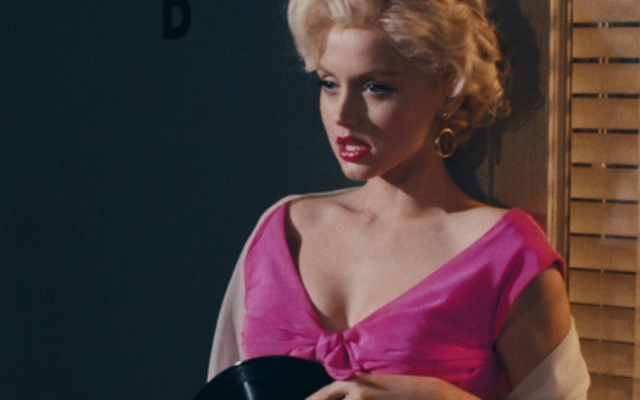
After Monroe’s death, Paula Strasberg became the executor of her estate.
And finally, in 1956, Monroe married the famous playwright Arthur Miller, who became, arguably, one of her most important artistic influences during the final six years of her life.
Although she and Miller eventually lived almost separate lives, he wrote what is generally considered her greatest dramatic role for the 1961 film “The Misfits.” She plays Roslyn Taber, a just-divorced former burlesque dancer who befriends a pair of cowhands and spends several days with them as they round up wild horses in the Nevada desert.
Miller wrote it, some thought, as a final gesture toward their life together, which had once offered so much joy.
The film trailer can be viewed at www.youtube.com/watch?v=aIsFywuZPoQ



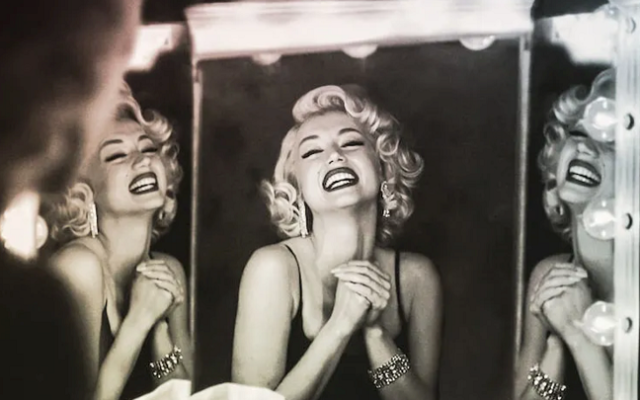
comments